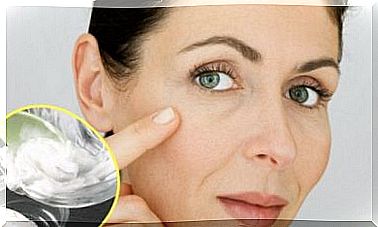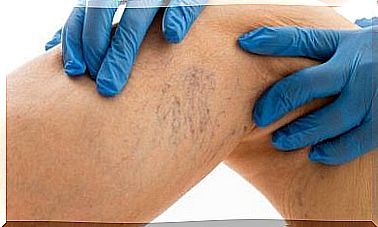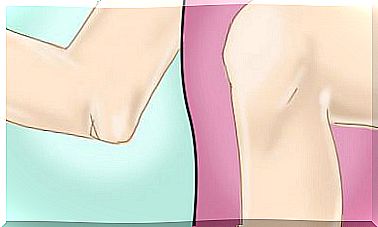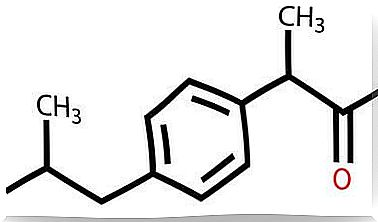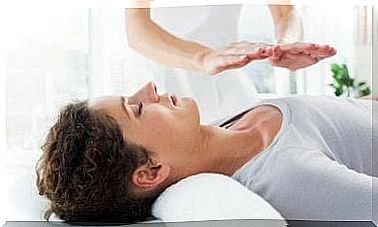Anxiolytics: Know All About These Remedies

Anxiety is a natural behavior that encompasses the reactions that human beings have when faced with a physical or psychological threat. The problem arises when this reaction becomes out of step with the stimulus. Thus appears a pathological state of anxiety that may require the use of so-called antianxiety medications.
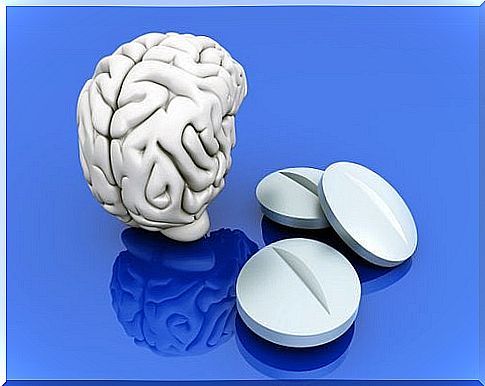
Anxiety is a mental disorder that increases every day around the world. The number of people with depression or anxiety increased from 416 to 615 million between 1990 and 2013.
To understand why some remedies are more suitable than others due to the type of anxiety that the patient suffers, we must differentiate between:
- Disorders that imply fear, such as panic attacks, social anxiety and phobias.
- Disorders that lead to a feeling of general anxiety for no clear reason or origin.
Anxiety treatment with anxiolytics
Anxiolytic drugs are those that alleviate or suppress the symptom of anxiety without producing sedation or sleep.
Benzodiazepines are close to the ideal anxiolytic because, although in high doses they produce sedation and sleep, it is possible to manage them efficiently and with low risk.
But this type of medicine has the inconvenience of producing notorious adverse effects, such as amnesia or tolerance, and even physical dependence on the medicine.
Furthermore, in most cases, pharmacological treatment must also be combined with therapy.
Over the last decade, the treatment of anxiety has shifted to the use of anxiolytics and hypnotics to employ a wide variety of medications used for other central nervous system disorders that lack a hypnotic effect.
Benzodiazepines
The first benzodiazepine synthesized was chlordiazepoxide, in 1961. These anxiolytics act by selectively binding to GABA receptors. This physiological neurotransmitter mediates central nervous system inhibition.
Thus, this group of drugs facilitates the opening of the chlorine channels activated by GABA and accentuates its inhibiting effect. In addition, it has other effects, acting as a sedative, anticonvulsant and muscle relaxant.
Benzodiazepines are often used to treat acute anxiety. They are also applied for panic attacks, combined with SSRIs and, in the form of an enema, for epileptic children.
To classify them, we can take as a reference the time they take to take effect:
- Short-acting benzodiazepines: midazolam, triazolam.
- Intermediate action: alprazolam, bromazepam, lorazepam, lormetazepam…
- Long acting: clobazam, chlorazepate, diazepam, chlordiazepoxide…
They are anxiolytics with good oral absorption, but with interactions with psychotropic drugs, alcohol, barbiturates, opiates and H1 antiallergics. The dose should be prescribed with caution in the elderly to avoid accumulation in the body.
For the treatment of elderly people, the administration of lorazepam, oxazepam and temazepam is recommended.
The main adverse effects of these anxiolytics are:
- Somnolence
- Confusion
- Amnesia
- Deterioration of coordination
Furthermore, all benzodiazepines lead to dependence (which assumes a gradual increase in the dose needed to produce the desired effect).
When it comes to suppressing the treatment, it is recommended to gradually withdraw the benzodiazepines, decreasing the dosage little by little, a process known as “weaning”.
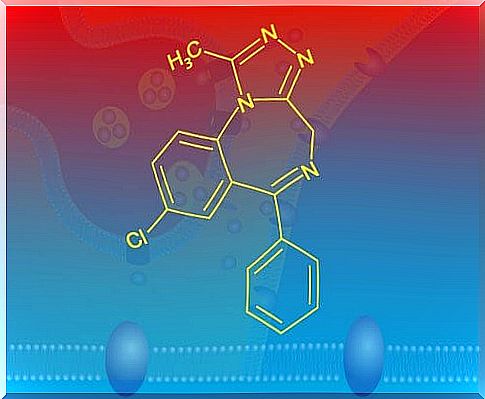
Acute benzodiazepine overdose is considerably less dangerous than that of other anxiolytics. However, overdose of benzodiazepines can trigger severe respiratory depression.
In this situation, one should resort to treatment with flumazenil, a medicine used to reverse their effect in case of intoxication.
Buspirone
Buspirone is a 5-HT1a serotonin receptor agonist anxiolytic. It is used to treat generalized anxiety disorder, but not phobias or social anxiety disorder.
It has no sedative, anticonvulsant and muscle relaxant action. It has a low pharmacological interaction profile. Its main adverse effects are nausea, nausea, headache and restlessness.
Antidepressants used as anxiolytics
These remedies are effective against generalized anxiety disorders, social phobias, and phobias. In contrast, tricyclic antidepressants and monoamine oxidase inhibitors (MAOI) have more adverse effects, but they can also be used.
In this category, the following can be used:
- Selective Serotonin Reuptake Inhibitors (SSRIs), such as fluoxetine or sertraline.
- Serotonin and norepinephrine reuptake inhibitors such as venlafaxine or duloxetine.
antiepileptics
The antiepileptics gabapentin, pregabalin, valproate, and levetiracetam are also effective in treating generalized anxiety disorder.
Atypical Antipsychotics
Certain atypical antipsychotics such as olanzapine, risperidone, quetiapine, and ziprasidone are effective for certain forms of anxiety, including generalized anxiety disorders and post-traumatic stress disorder.
β-adrenergic antagonists
Propranolol is widely used as an anxiolytic to treat certain forms of anxiety. It is especially useful for physical symptoms such as sweating, tremor and tachycardia.

